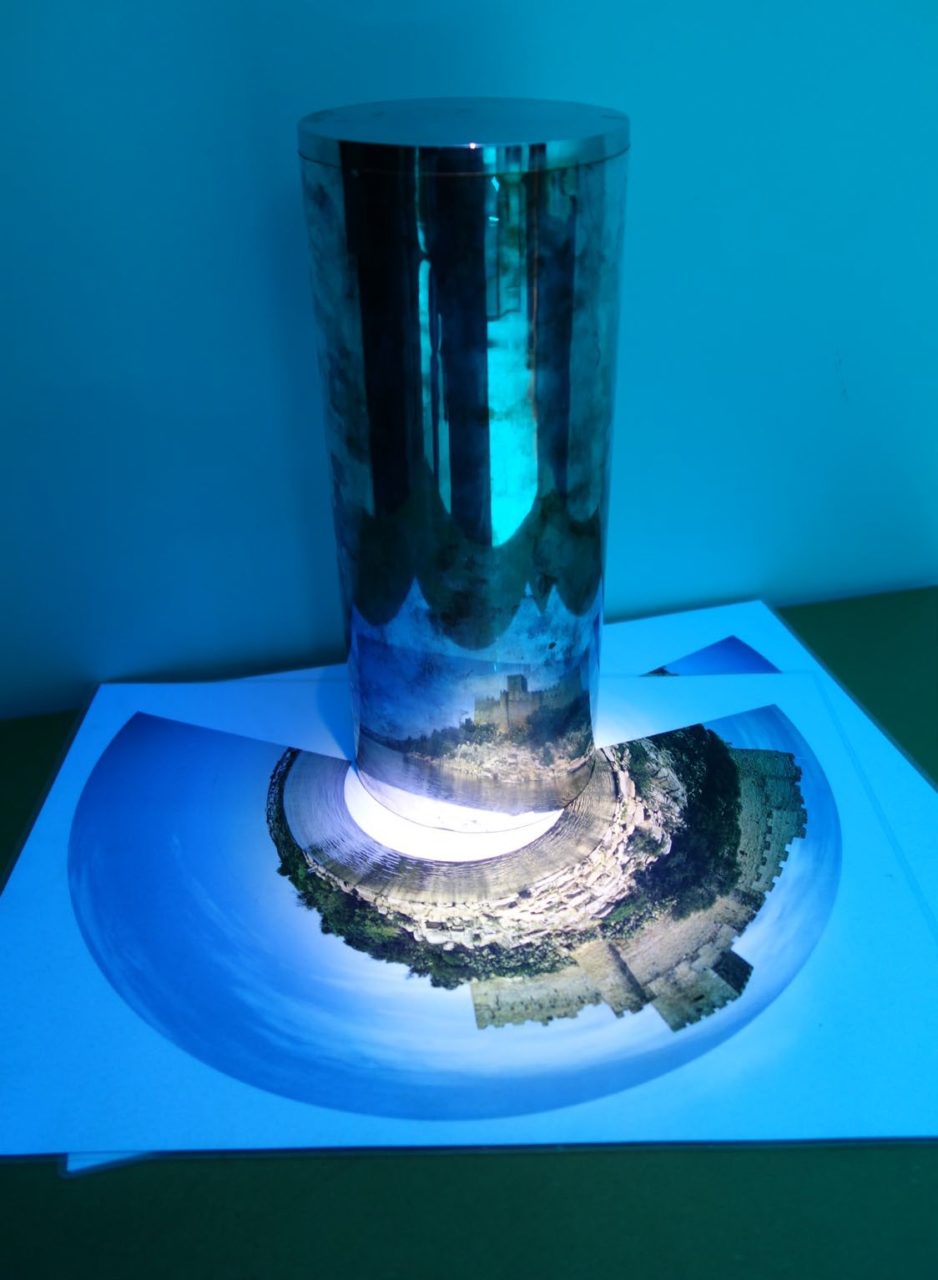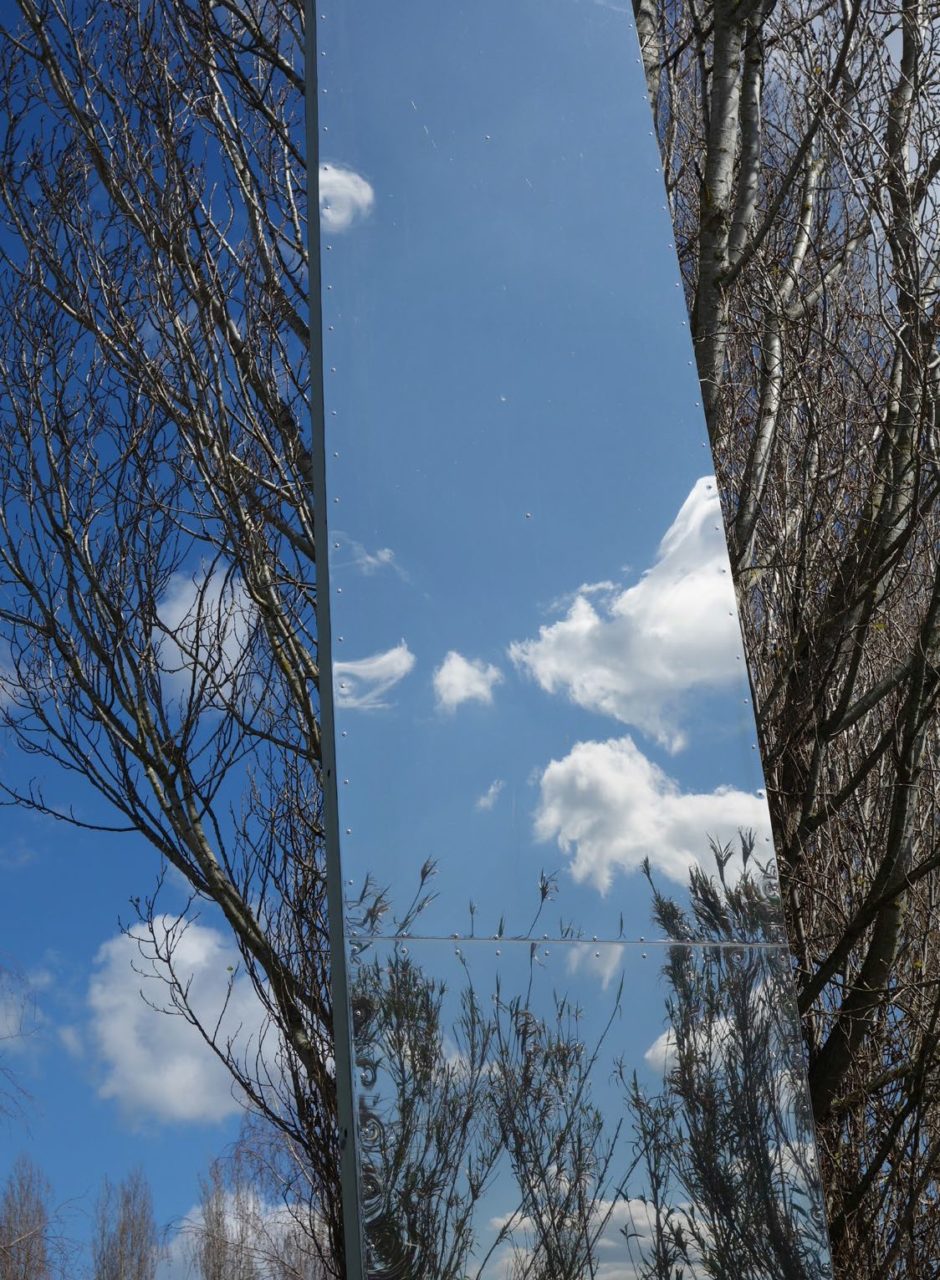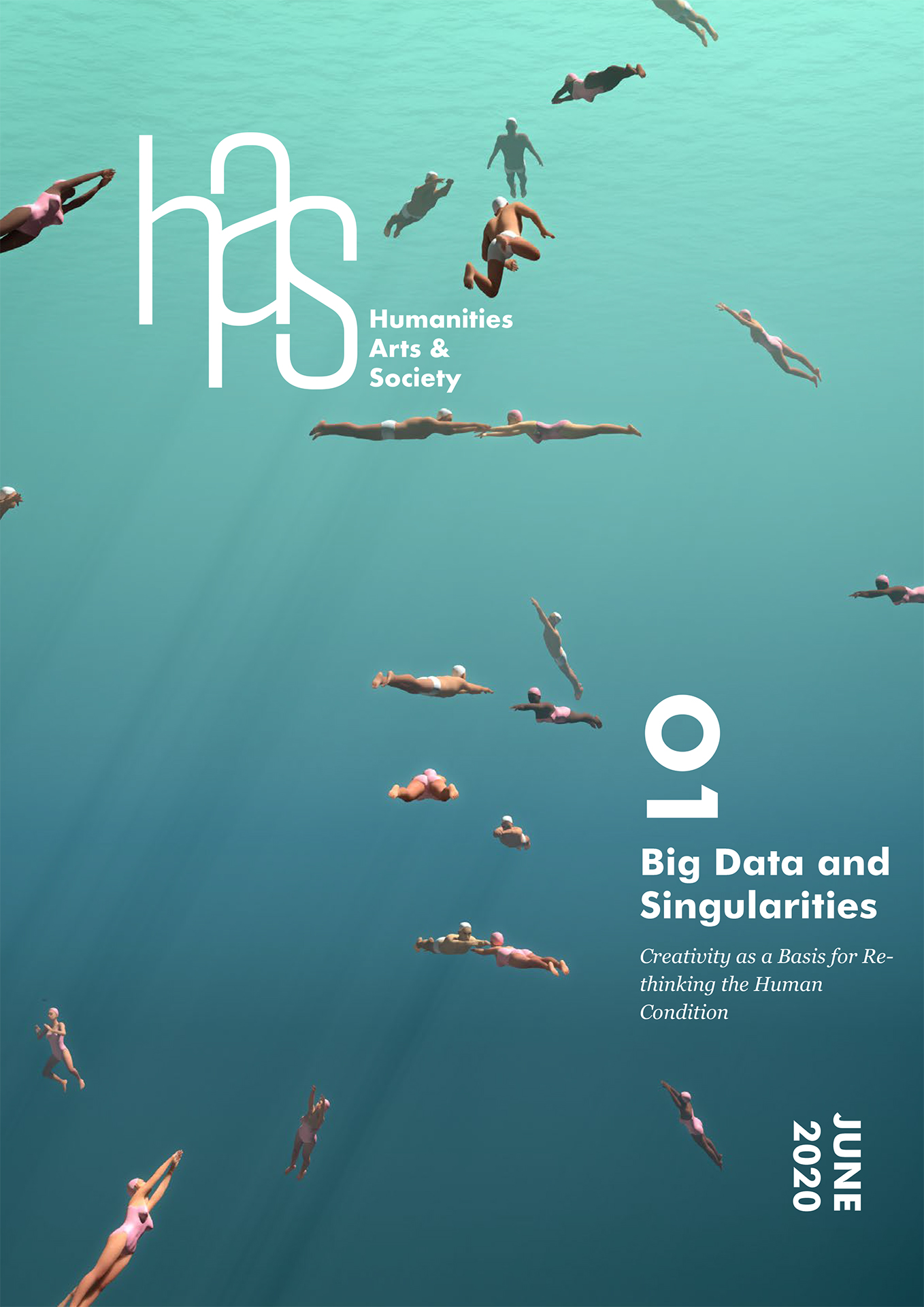Should we freeze moments of a continuous process? To a large extent, debates in the dawn of the 21st century follow an impulse to create new insights from scratch, guided by oblivion and a lack of awareness of prior reflections. Unity or diversity? Harmony or contradiction? Globalization or localism? Limitless movement in face of virus threats or total confinement? Big Data or singularities? All of these perceived divides seem to be expressions of the same epidemic disease—alienation. This disease seems to be propagated by a specific carrier—mental images structured almost exclusively through sight.
Humans organize memory, as well as our anticipations and expectations, around mental images, which we successively reorganize in a game that alters, at the same time, our perceptions of the past and visions of the future. At the individual level, we recognize these changes and offer them a more or less negative connotation, calling them “memory lapses” (when not “lies”) or “lack of coherence” (when not “betrayals” or “opportunisms”). Everything seems to be processed differently, however, when we record these changes at the collective level. If it is true that negative connotations exist (“counterfeits” of the past or “illusions” about the future), there is currently a growing appreciation of perceptual discontinuities, valuing both revisions of the past (understood as expressions of “plurality, diversity and the right to difference”) and disruptive views of the future, often associated with “innovation and creativity.” In a society that is increasingly oriented towards continuous improvement, to which the notion of quality is attached, change has almost become an absolute value, and “continuity” (in heritage management, we say “conservation”) is often understood as a retrograde, elitist, even “undemocratic” expression.
In the cultural field, the expression of this process is the progressive replacement of “history and heritage” (which dominated until the end of the 20th century) by the articulation between “memory and cultural animation” which prevails these days, from funding programs oriented towards creativity and innovation, to museological strategies oriented to themes of the present, to performative dimensions, and to visual and digital entertainment, including the proliferation of “museums without collections.”

There are certainly many explanations for this paradigm shift—among them, the aging of the population (acting out the idea of innovation as a substitute for opiates, in the construction of the double illusion of perpetual youth via constant creativity throughout life) and the precariousness of employment (the offer of the “right to a diversity of pasts” functioning as a correlate of the substitution of “individual responsibility” for social solidarity). We can also recognize in these trends a growing alienation (the reduction of the notion of heritage as a space to stimulate critical reflection) and mercantilisation (of which the maximum expression is the reduction of visitors to the passive condition of “public,” i.e., consumers, to be “educated”).
This is a new stage of the process of accelerating communication and cognitive processes and, in particular, of the great sensory revolution in which we are living— the consolidation of sight as the dominant sense in our understanding of the world. It is a revolution because the understanding of the territory, or the context (i.e., the understanding of the intimate relation between Big Data and singularities throughout the past history of humanity), has never been dominated by sight, which is a sense that is affirmed belatedly in the evolution of individuals (long after touch and hearing), and is clearly insufficient for the full apprehension of the subtleties of human contexts and processes. In fact, in the past (and still today, with babies), touch has been the structuring sense in the building of relationships between things and people, offering information about textures, temperatures, and flavors that are essential to prevent the misleading images derived from visual perception.

However, in today’s society, visual images have become increasingly dominant in shaping mental images. As a result, in comparison to the multitude of images triggered by hearing, touch, or even the reading of texts, the range of mental images is being considerably reduced under the empire of sight. This is not a very old process, as it is directly related to the expansion of instant visual communication, initiated by television and enhanced in the digital world. If the records of the past highlighted, first, the rhetorical and oratorical capacity of leaders (given that voice in particular, and sound in general, was the principal means of the mass communication of the past, until even the mid-20th century), visual aesthetics have gained predominance in recent decades, no longer as a “permanent” image (as in icons, rock art, or even photography), but as a “changing” image, which eventually creates the visual illusion of “image transformation.”
This empire of sight results in a clear loss of cognitive skills (by amputation of diverse sensory information), simplifies the understanding of contexts (thus threatening free and democratic societies, which are deprived of instruments for the awareness of needs), pasteurizes the past (reduced to memories of curiosities—negationism being a clear expression of this), and blocks the transformative, multisensory construction of the future (now reduced to the construction of visual images, or scenarios, in turn understood as opinions and not as historical processes). In simple terms, a sight-centred cognition obliterates vision and foresight.
Many of the current social debates seem to lead to this dilemma: Should the cultural management of heritage give in to the field of visual imagery (which includes the construction of agendas focused on the present and on social debates) or, conversely, should it persist in the tradition of conservation, of medium- and long-term reasoning (which includes the rationalist understanding that this tradition enhanc- es global transformation, socially participated, through comparative-based critical thinking)?

By no means can long-term reasoning preclude sight, nor should it. Apart from contributing to the building of perceptions, human evolution pays relevant tribute to it, and later cognitive evolutions find relevant expressions through it—e.g., in materializing mental images through rock art. But once visual impressions emerge from complex multisensorial performances, there is no room for single-sense “empires.” For instance, rock art objectifies processes—i.e., takes them out of the flow of time and freezes them as moments, as abstractions. Prehistoric Rock Art is a syncretic feature which stands as material evidence of a crossroad of multiple human processes—cognitive, symbolic, economic, aesthetic, and ethical, among others. Organization of collective memories with- in non-literary societies is done through tales, songs, body art, dance, portable art, rock art, technology.
When I was a young boy in grammar school, I had the chance to have the late writer and philosopher Virgílio Ferreira as my teacher of Portuguese language. He used his first week and a half of lessons to show us slides of paintings and sculptures, videotapes of ballet and movies and, when we were all puzzled because he was not talking about literature or grammar, he explained that language is what allowed us to create all of these, that art is singular even if it is expressed in different forms, and that what makes us human is this capacity to always try to express mental images, namely through words—be those written, painted, or performed.
Indeed, grabbing as much information as possible, through as many means and senses as possible, and then bringing together all that Big Data in order to pro- duce singular mental images and their tangible mirrors, resuming the notions of ars and téchné, is probably what made us the kinds of humans we have become.

Professor of Archaeology at the Polytechnic Institute of Tomar and holder of the UNESCO chair in Humanities and Cultural Integrated Landscape Management. His archaeological research focuses on the transition to food producing economies in Portugal, Africa and Southern America. He also conducts research on Cultural Heritage and on Humanities contributions for landscape management. Currently, he is the Secretary-General of the International Council of Philosophy and Human Sciences. He is author of 70 books and 300 papers, including Cultural Integrated Landscape Management: A Humanities Perspective (2017).
Professor of Archaeology at the Polytechnic Institute of Tomar and holder of the UNESCO chair in Humanities and Cultural Integrated Landscape Management. His archaeological research focuses on the transition to food producing economies in Portugal, Africa and Southern America. He also conducts research on Cultural Heritage and on Humanities contributions for landscape management. Currently, he is the Secretary-General of the International Council of Philosophy and Human Sciences. He is author of 70 books and 300 papers, including Cultural Integrated Landscape Management: A Humanities Perspective (2017).

